Every Pashmina thread embodies a dance of warmth and grace as winter spreads its icy tendrils. Pashmina shawls encircle wearers in a gentle hug. Thus, enveloping them like a whispered secret transferred from one snowy scene to another. With each dexterous weave, a story of skill and artists capture the spirit of the season itself. A living representation of the tranquility of the season, thus transformed into a canvas. The cold air delicately paints on during the quiet of a winter's eve while dressed in the airy grace of Pashmina.
The kaleidoscope of hues and symphony of sensations. Thus, accompanying the change of the seasons wholely mirrored by Pashmina with unmatched beauty. Pashmina blossoms like cherry tree petals in the early spring, its vivid colors blending with the promise of fresh starts. The light-weight strands of pashmina provide a delicate screen from the sun's intense rays, providing relief from the summer's heat. Pashmina embraces autumn, dressed in the deep hues of just-fallen foliage as a symbol of the natural world's yearly cycle of change. Pashmina weaves its spell in the calm hush of winter, proving the enduring beauty of the ever-turning wheel of the seasons.
Qualities of Pashmina Craft
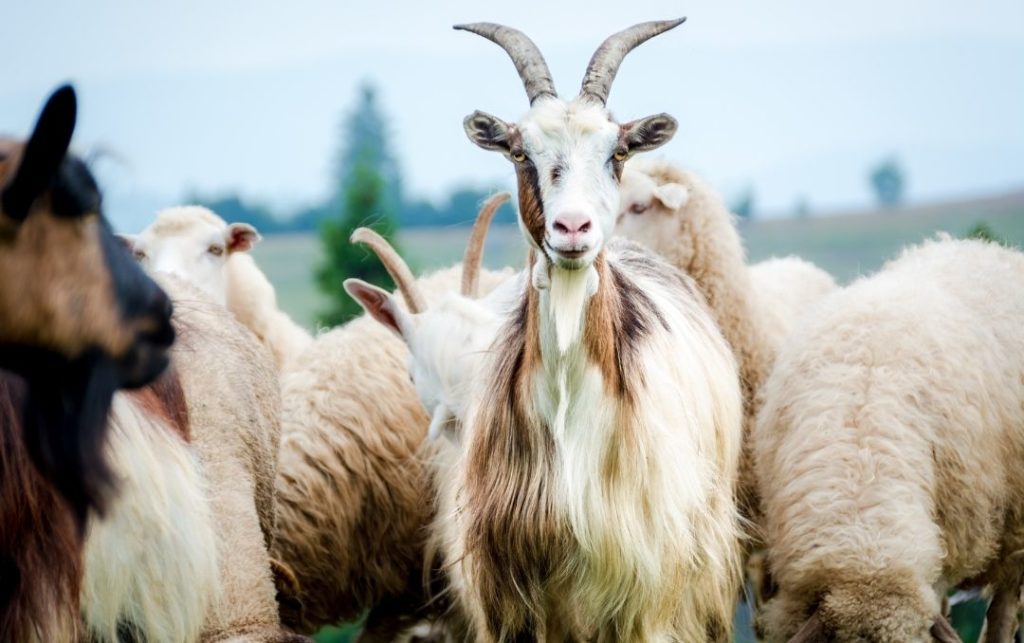
Recognized for its unmatched quality and classic elegance, pashmina craft represents a centuries legacy of handmade mastery. This craft's core is a complex weaving technique that requires skill and accuracy. Made from the fine fibers of the Changthangi, a Himalayan mountain goat. Also, the fabric's opulent softness is one of its most renowned features. These fibers are painstakingly hand-spun and weaved into beautiful wraps, scarves, and shawls; each piece reflects the craftsmanship and attention to detail of its makers.
In addition to its luxurious feel, Pashmina clothing all highly valued for being exceptionally lightweight and insulating. Thus, makes it suitable for both warm and cold climes. Because of its natural adaptability, Pashmina clothing has gained international recognition. Thus, a sought after by both affluent consumers and fashionistas. Furthermore, each design endures throughout time because of Pashmina's inherent breathability, which guarantees comfort and longevity. Fashioned elegantly for a formal event or informally draped over the shoulders. Moreover, Pashmina clothing radiates sophistication and refinement, effortlessly enhancing any look.
Eco-Friendly and Sustainable Nature of Pashmina
In addition, the eco-friendly and sustainable methods used in the creation of Pashminas. Thus, highlight their attractiveness in a world where environmental consciousness is growing. The Pashmina craft all deeply rooted in tradition and nature. Thus, from the meticulous care of the goats in their natural environment to the age-old handcrafting methods used by talented artists. This dedication to sustainability maintains the cultural heritage of the villagers. Thus, depend on this age-old craft for their subsistence as well as the pristine Himalayan scenery. In summary, pashmina crafts represent not only an opulent piece of jewelry but also an enduring emblem of artistry, cultural legacy, and ecological responsibility.
Finest Cashmere
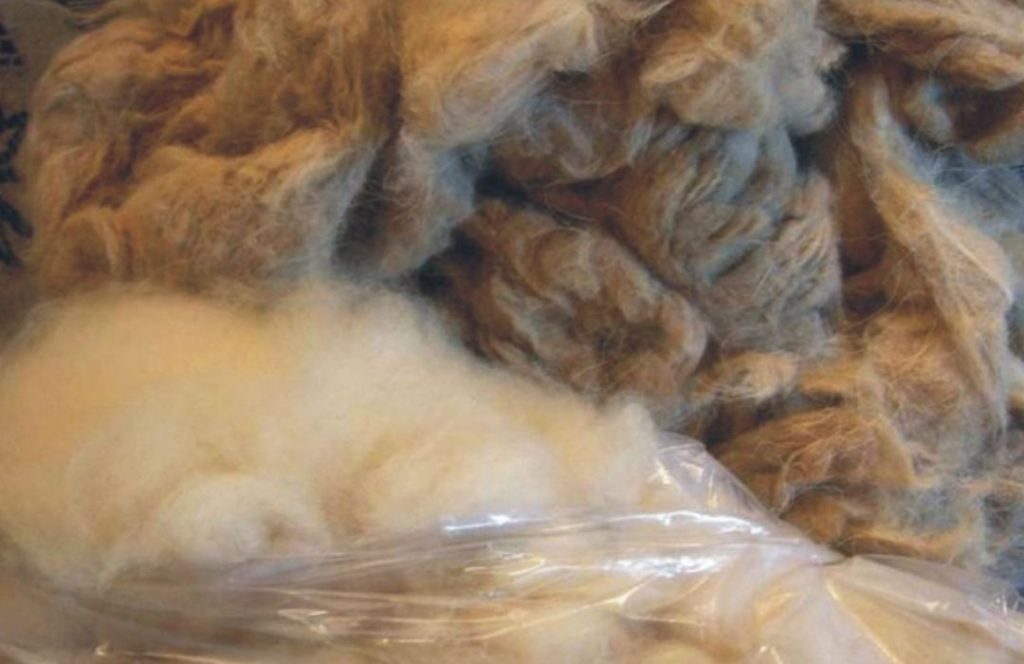
The best cashmere from Ladakh is distinguished from other kinds of wool. Thus, highly sought-after by a number of essential characteristics, including:
Softness: Unmatched softness is one of the most remarkable features of excellent cashmere. It feels wonderful against the skin because of the extraordinarily delicate and tiny fibers. Superior cashmere has a velvety, smooth texture unsurpassed in comfort compared to other materials.
Warmth: Cashmere is remarkably warm despite its light-weight and airy texture. Wearing cashmere clothing keeps you warm in chilly weather without adding bulk or weight. As, the fibers' inherent ability to trap heat near the body.
Lightweight: Fine cashmere is airy and lightweight, which makes it perfect for layering during changing seasons like spring. As opposed to bulkier wool materials, cashmere offers warmth without sacrificing mobility or styling options.
Durability: Fine cashmere, quite long-lasting and durable if it comes from reliable suppliers. High-quality cashmere clothing is an investment worth making because it will keep its form and smoothness for many years.
Cashmere's exceptional insulating properties allow it to keep you warm in the winter and cool in the summer. By drawing moisture away from the skin to control body temperature, it keeps you comfortable in a variety of climates.
While cashmere in its finest grades is less likely to pill, all cashmere has the potential to pill to some extent. Superior-grade cashmere has longer threads. Thus, are less likely to shed and produce pills. However, pilling can still result from tiny strands tangling together on the surface of the fabric.
Exclusivity: The rich color and subtle sheen of quality cashmere add to the luxurious appearance.
Procuring the finest Cashmere in Spring
The incredibly soft and cozy Cashmere wool is famously produced by the Changthangi goat, indigenous to Ladakh. Indeed, the greatest Cashmere that has been made. The Tibetan cashmere goat, another source of opulent fibers, is found on the Tibetan Plateau. The Capra hircus laniger species of Hircus goats are widely distributed in China, Iran, Mongolia, and other non-Himalayan countries. It yields cashmere fibers, prized for their exceptional quality and insulating properties. But, the finest among all names Ladakhi Cashmere. These many breeds' fibers are blended to create a variety of Cashmere goods, each with a distinct appearance. The best cashmere, nevertheless, is Ladakhi cashmere.
The journey starts at the mountain known as Changhthanghi. There lives a special kind of goat called as Changra goats. Medium-sized goats with two twisted horns. These are mainly under the jurisdiction of the Changpa tribe. In the Changhthanghi region, wintertime lows can reach -50°C. As a result, the bodies of the Changra goats develop a thick undercoat made of wool to protect them from the harsh weather. The wool is thick and silky. When springtime comes, the herders ethically comb out the excess wool from their bodies for fresh air. That fiber is called cashmere wool. The cashmere wool from Ladakh is the best cashmere wool produced globally. Numerous goat breeds generate cashmere wool. The finest of them, though, is the Ladakhi Cashmere wool.
The Exclusivity of Finest Cashmere
Not only does the finest cashmere have an exquisite texture and remarkable warmth, but its exclusivity adds to its attractiveness. Produced from the silky undercoat of cashmere goats, this valuable fiber known for its exceptional quality and scarcity. The region-specific restrictions that allow these goats to flourish—such as the arid climates of Himalayas—are the first step toward the exclusivity of excellent cashmere. To further enhance its uniqueness, only a little quantity of cashmere all produced annually by these goats.
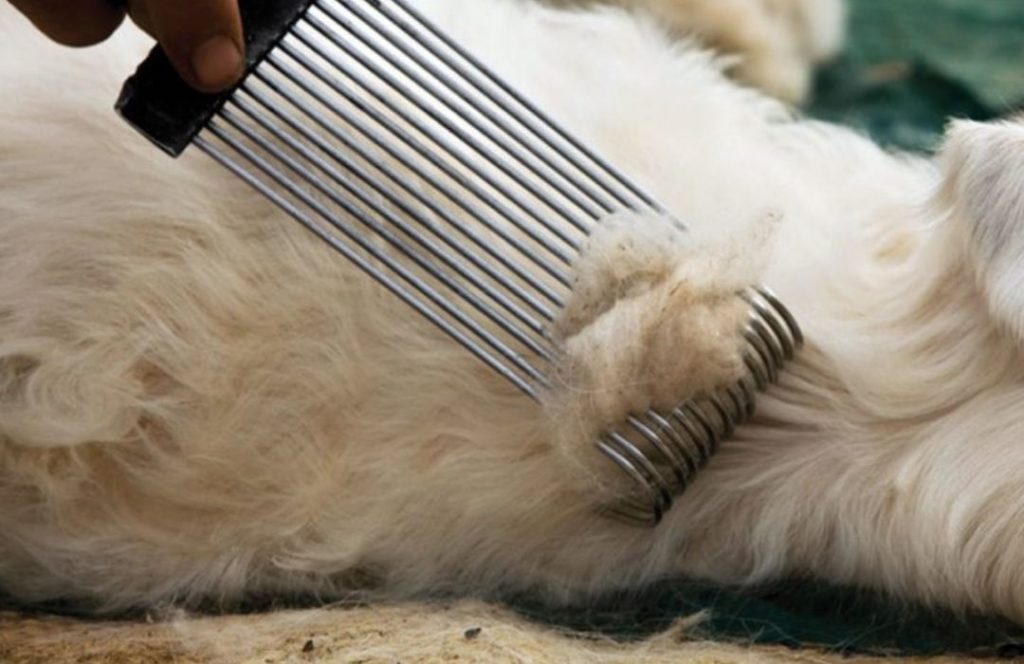
Furthermore, the technique of turning unprocessed cashmere into the best clothing, a labor-intensive procedure only highly talented artisans can do. Every stage, from sorting and combing the fibers to spinning and weaving, calls for dexterity and skill. The skills and expertise required to produce the finest cashmere items are only possessed by a few number of craftspeople. The exquisite workmanship and limited availability of the raw material add to the premium cashmere's uniqueness.
The finest cashmere is in high demand, which increases its exclusivity even more. Fine cashmere continues to be a mark of sophistication and luxury. Thus, desired by discriminating buyers who recognize its unmatched softness and ageless grace. Brands that specialize in fine cashmere appeal to a niche market demanding unmatched quality and exclusivity. Thus, to possess a piece of the finest cashmere means to acquire more than simply a piece of clothing; it means to gain entry to a world of exquisite taste and exclusivity.
Pashmina Craft
Kashmir's Pashmina crafts are a long-standing custom that have their roots in the region's rich cultural past. The delicate undercoat of Changthangi goats, which are indigenous to the high-altitude plateaus of the Himalayas. Also, the source of Cashmere, a fabric renowned worldwide for its exceptional softness and beautiful beauty. Generically, Kashmiri weavers and spinners have refined their craft to such an extent that they can now create exquisite pashmina shawls, scarves, and wraps by hand. Each piece of this workmanship reflects the distinct legacy of Kashmir. Thus, harmonic fusion of nature, culture, and craftsmanship.
Beginning with the meticulous combing and gathering of the goats' silky undercoat during their spring molting season. Therefore, the process of producing pashmina is a labor of love. Known as "pashm," this incredibly fine fiber is then painstakingly sifted and cleansed to get rid of any contaminants by knowledgeable artisans. The traditional spinning wheels known as "yinder" used only for hand spinning of Pashmina yarn. In order to ensure the highest quality and consistency, the artisans expertly twist the fragile fibers into fine threads through a complex procedure that calls for patience and precision.
Weaving in Pashmina Craft
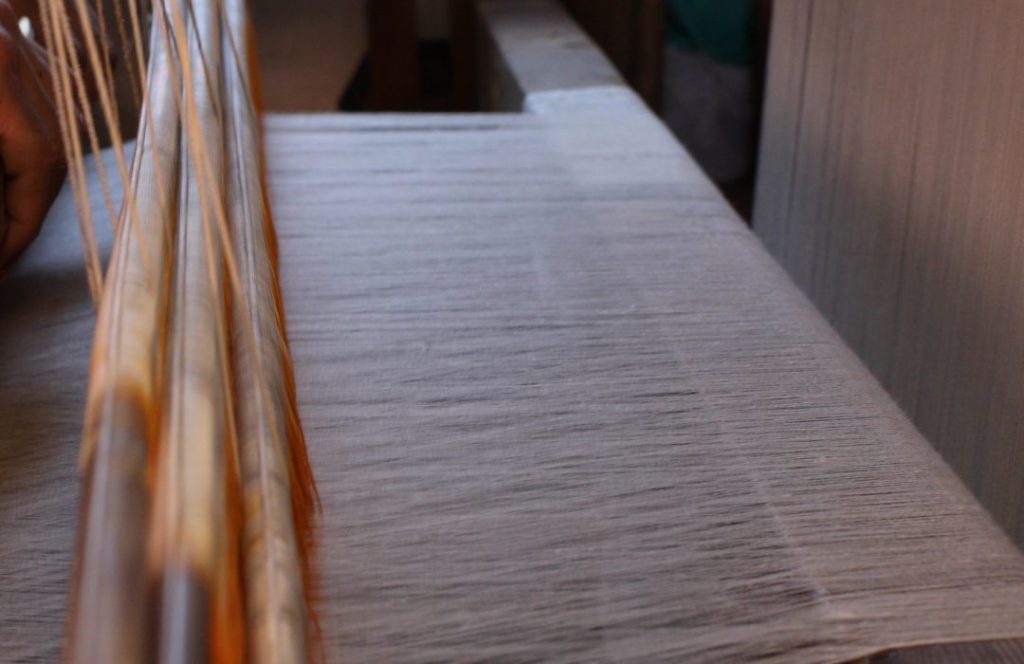
After spinning, the yarn all prepared for weaving into the finished item. The skilled weavers of Kashmir, utilize age-old handlooms to produce elaborate patterns and designs on the loom. Each shawl or scarf must be painstakingly woven; depending on its complexity, this procedure might take weeks or even months. Throughout the weaving process, skilled weavers infuse their knowledge and creativity into each piece. Thus, creating exquisitely designed Pashmina accessory renowned globally for its timeless elegance and superior quality. As a result, Kashmir's Pashmina crafts serve as a cultural asset that honors the talent and legacy of the Kashmiri people in addition to providing a vital economic lifeline for the craftsmen and their families.
Pashmina, a traditional and designer accessory
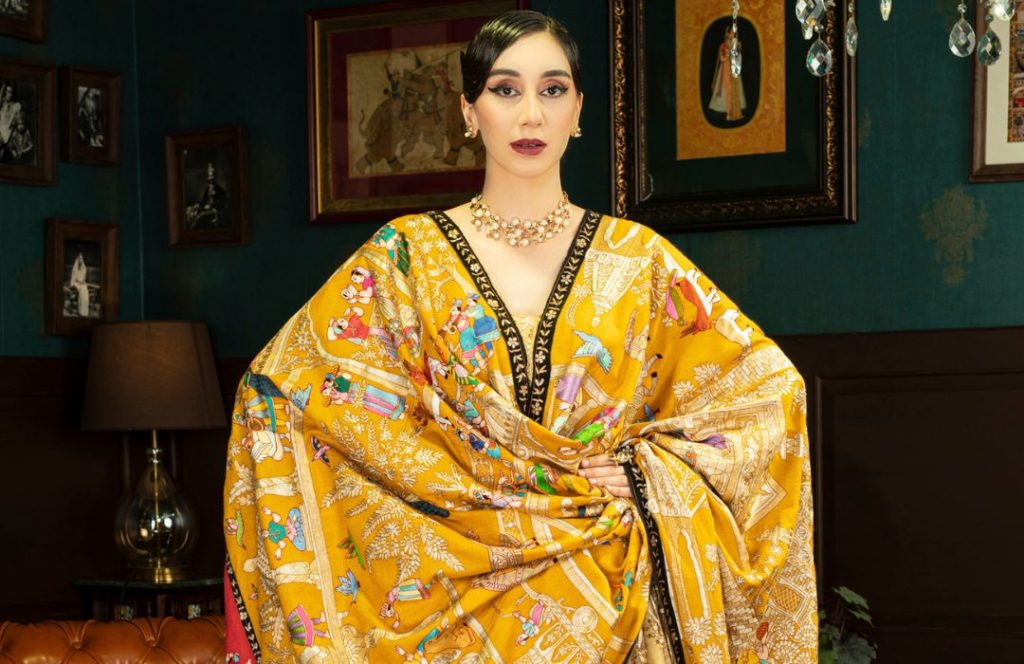
Originating from the rich cultural legacy of Kashmir, pashmina has transcended traditional boundaries to become a highly sought-after designer accessory that is appreciated globally. Originally designed for aristocracy and nobility, pashmina shawls and scarves have become emblems of classic style and refinement. Today's discerning folks seeking luxury and refinement embrace the pashmina as a fashion statement in addition to its functional use as a warming accessory.
The unmatched softness, featherweight texture, and excellent craftsmanship of pashmina define it as a designer item. Pashmina is known for its luxurious texture and exceptional warmth-to-weight ratio, and it is made from the ultra-fine undercoat of Changthangi goats. Designers can express their creativity on this opulent material by using it to create modern takes on classic themes or traditional Kashmiri motifs. Designers can accommodate a wide variety of tastes and preferences with Pashmina because it offers countless personalization options, ranging from sophisticated embroidery to modern patterns.
Pashmina's appeal as a fashionable accessory is further enhanced by its rarity. Because of the restricted supply of raw materials and the painstaking handcrafting method, every Pashmina piece is exceptional and unique. Pashmina accessories exude a sense of grandeur and exclusivity that appeals to lovers of exquisite craftsmanship, regardless of whether they are purchased from luxury fashion houses or traditional Kashmiri artisans. Since a Pashmina accessory reflects the history and culture of Kashmiri craftsmanship, owning one is more than just obtaining a trendy piece. It's about having a timeless piece of art in your possession.
Pashmina, a symphony of winter
The delicate melodies of Pashmina weave their way through the frost-kissed air, creating a harmonic symphony of warmth and flair in the frigid embrace of winter. The Pashmina drapes effortlessly and gracefully across the shoulders, engulfing the user in a cocoon of plush luxury, like a gentle crescendo against the chill. Whispering tales of timeless elegance and skilled craftsmanship, each delicate fiber spun from the finest undercoats of Himalayan goats sounds like a lyrical chorus through the snowy landscape.
Pashmina reveals its ethereal beauty as snowflakes dance in the cold; a canvas covered in elaborate designs and themes drawn from Kashmir's breathtaking scenery. A sense of wonder and magic thus evoked by the subtle interplay of light and shadow, which forms a captivating tapestry of textures. The Pashmina becomes a lyrical expression of uniqueness, bringing a touch of poetry to the winter ensemble. Whether tied beautifully around the neck or thrown carelessly over a coat.
With every gentle stroke, a pashmina transforms from a winter ornament into a treasured friend that goes on icy excursions and cozy fireside evenings with its wearer. Its ageless charm is seasonless and provides peace and comfort on the coldest of days. Pashmina is a melody of timeless beauty in the winter symphony, a tribute to the human soul and the artistry of nature blended together in perfect harmony.
Also read: Is Pashmina worth buying?
Ways to wear Pashmina in winters
Throughout the winter, a Pashmina thus worn in a variety of attractive ways to stay warm and elevate your ensemble, demonstrating its versatility:
- Traditional Wrap: Effortlessly style your Pashmina shawl over your shoulders to achieve a timeless and carefree appearance. For a more laid-back look, let it hang loosely; alternatively, pull one end over the other shoulder for warmth and flair.
- Comfortable Wrap: To create a stylish and warm wrap-style cardigan, wrap the pashmina around your shoulders and torso and fasten it with a belt. This draws attention to your waistline and offers a layer of warmth for a silhouette that flatters.
- Elegant Scarf: To construct a fashionable scarf, fold the pashmina lengthwise to form a long strip. Then, loop the strip around your neck, allowing the ends to hang loose. To switch up your look throughout the season, try using various knots and draperies.
- Tie the ends of the pashmina together loosely to form a knot, then loop it over your neck to create a stylish neck wrap. This look gives your winter attire a refined touch while keeping you warm.
- Boho Wrap: The Pashmina can be folded into a triangle and elegantly wrapped around your head. Not only does this keep your ears toasty, but it also gives your winter ensemble a boho touch.
Some More Ways
- Pooncho: Using a huge triangle formed by folding the Pashmina in half diagonally, throw it over your shoulders in a poncho-like fashion. It makes for a warm and stylish winter ensemble when belted at the waist.
- Turns of Pashmina: For an extra dash of elegance and warmth, layer the pashmina over your preferred winter coat or jacket. By doing this, you can highlight the elegance of your Pashmina while also creating a sophisticated layered effect.
Pashmina offers several options for staying fashionable and warm throughout the winter. Whether you want a traditional draped shawl or want to try out other looks.